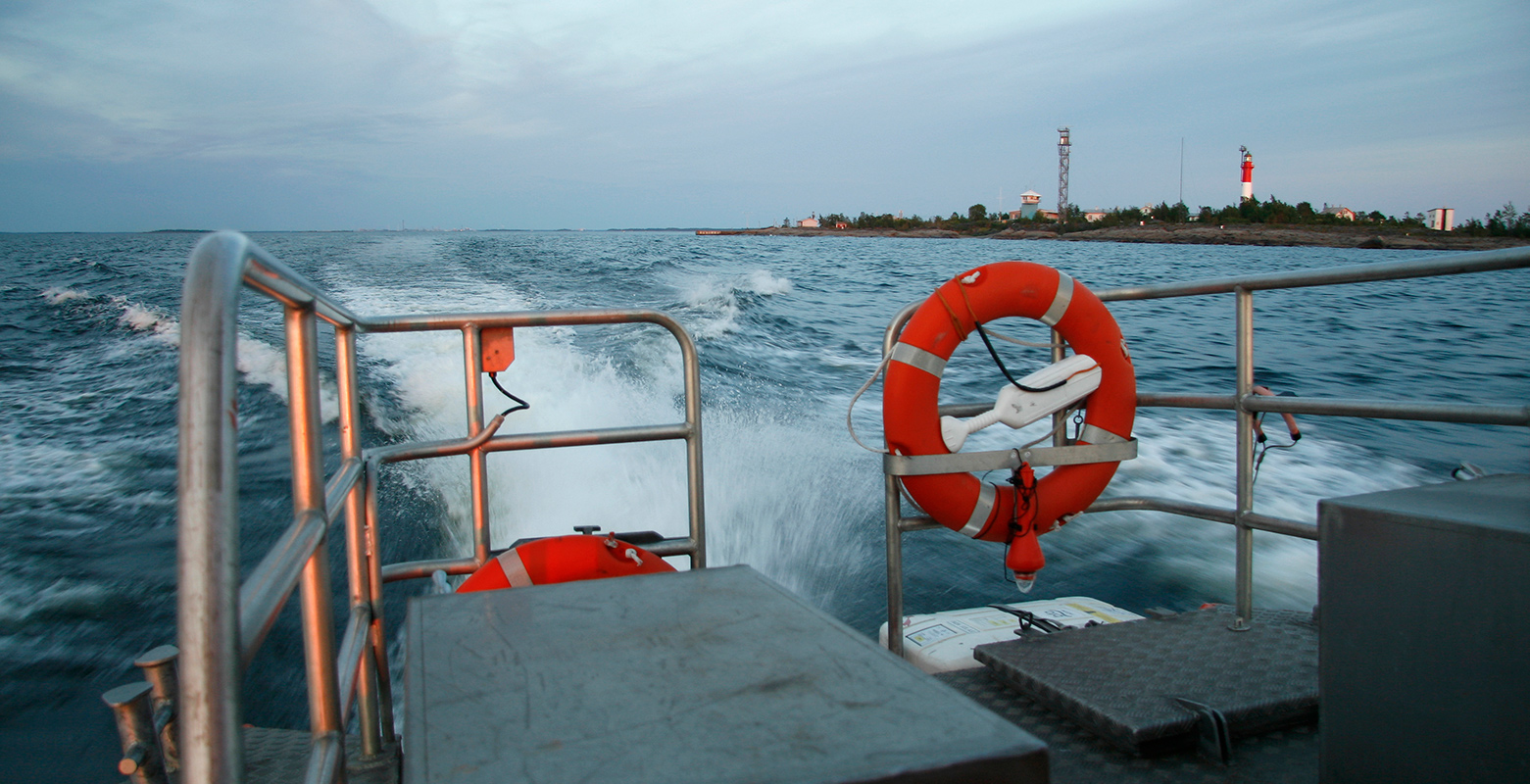Nautical charts must be updated with up-to-date information on safety devices
The Gulf of Bothnia and the Gulf of Finland had little ice coverage, and renovation work has been carried out on sea lines as before. For example, the renovation of the Isokari lighthouse in Kustavi began at the beginning of June.
According to Simo Kerkelä, Head of the Sea Line Maintenance Unit, sea line maintenance can be divided into three parts.
– We check the location of safety devices and the condition of lights, we repair, for example, lighthouses and boundary markers, and sound the depth of sea lines.
According to Kerkelä, both sea and land areas must be taken into account in sea route maintenance.
– On roads and railways, it suffices that the traffic route is in good condition and that people know where they are headed from and where to. Along sea lines, safety devices have been placed on land; such devices must be kept in sync with nautical charts as nautical charts are an essential part of safe water navigation.
Leading marks on wide sea lines, floating devices on narrow lines
Along major sea lines, vessels are guided by leading marks and radar reflectors, which are illuminated 24-hours a day with beacons and other safety devices. On narrower sea lines, floating safety devices with no illumination are in place. For boat channels, a self-locating spar buoy has also been developed, which gives signals if it has moved from its intended position. This enables us to react to faults more quickly than was the case with traditional buoys, which enhances safety.
In addition to maintenance, sea lines are also affected by people travelling at sea. Kerkelä urges seafarers to comply with the maritime regulations and to take other boaters and coastal residents into consideration.
– When boating, a sufficient distance should be maintained to quays and the shore, and boats should be driven in observance of speed limits.
Saimaa Channel is being repaired
Maintenance on inland waterways has been carried out as before. The Finnish Infrastructure Agency is responsible for the Finnish inland waterways, lock canals and opening road bridges.
One of the major renovation sites is the Saimaa Canal. Underwater repairs, including the painting of steel and concrete structures, have been carried out at the Konnus lock.
– The lock is pumped empty, after which repairs can be carried out, such as the construction of the lock gates, says Tero Sikiö, Head of the Inland Waterways Maintenance Unit.
There is a great deal of traffic between Saimaa and the Baltic Sea via the Konnus lock, with the bulk of the freight being timber from Russia. Even internationally, Konnus represents one of the few timber-floating locks: timber is allowed to float freely in water.
– Floating is an efficient and ecological way to transport goods. As much as half a million cubic metres of timber goes through the lock.
Sea marks are lost even in inland waterways
Over the past winter, lakes had little ice coverage, which probably means that sea marks have not moved more than normally. Checks can be carried out only after ice break-up – in other words, at a different time in different parts of the country.
– In Lake Inari, ice break-up will probably occur only around Midsummer. On the other hand, in Lake Saimaa there was some ice across the whole of the lake.
In addition to ice, winds may also play a role in the loss of sea marks: spar buoys may be frozen in the ice cover and remain in their position as the ice thaws, or be carried away with winds.
Smart spar buoys which can be traced using a GPS map help locate the marks. Over the past few years, smart spar buoys have been installed along the most important inland waterways.
On Monday 1 June, the new Water Traffic Act entered into force, which, among other things, obliges sailors to designate a master for their boats even in inland waters.
– Let’s remember safety on water, and the summer will proceed just fine, says Sikiö.

